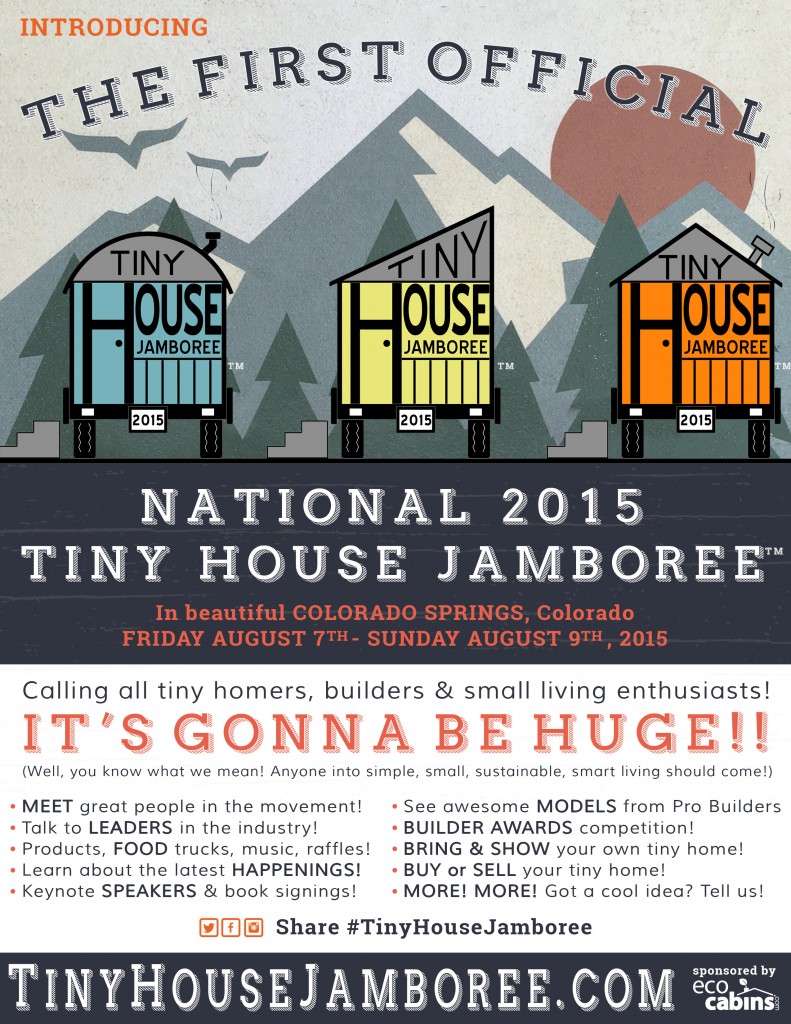With the continued and growing emphasis on sustainability in construction we could be on the verge of a radical shift in how we think about the current stock of buildings. The time may be coming when we stop planning for building replacement, and instead plan for building reuse. That in turn would significantly change the roles of designers and builders.
Continue reading “Finding New Buildings in the Dust of the Old”


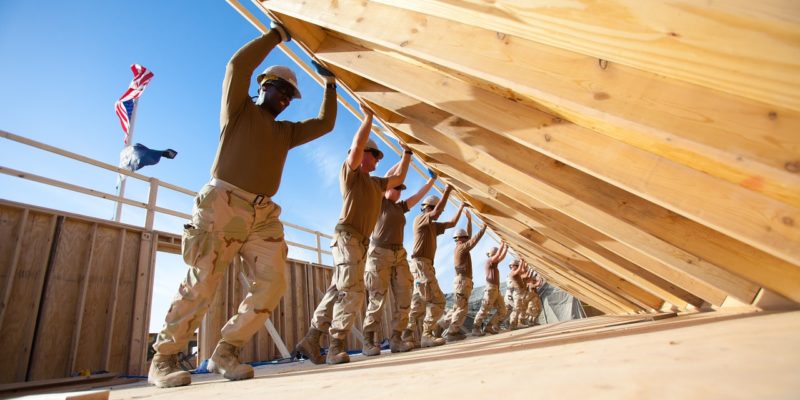
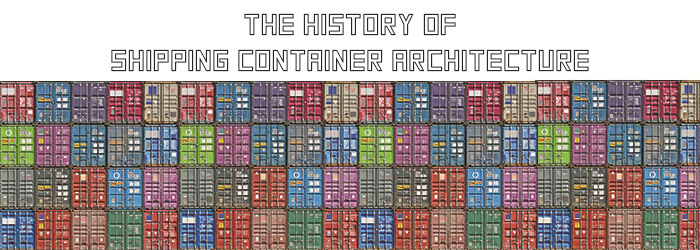
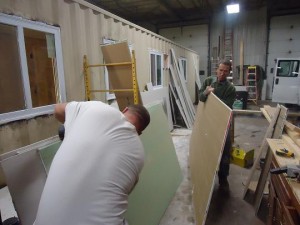 A container being turned into a home at MODS
A container being turned into a home at MODS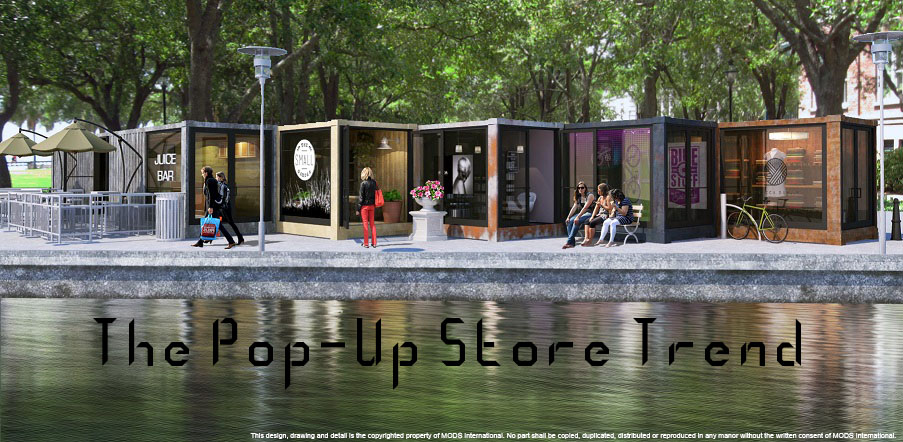
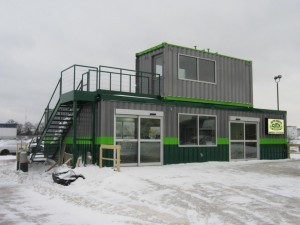 Pop-up
Pop-up 